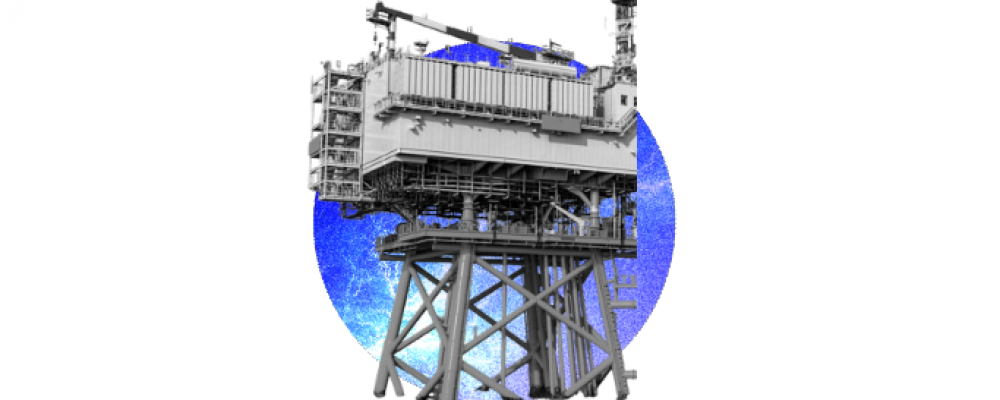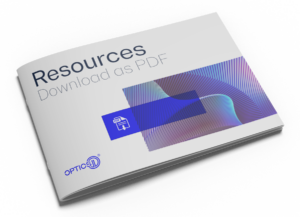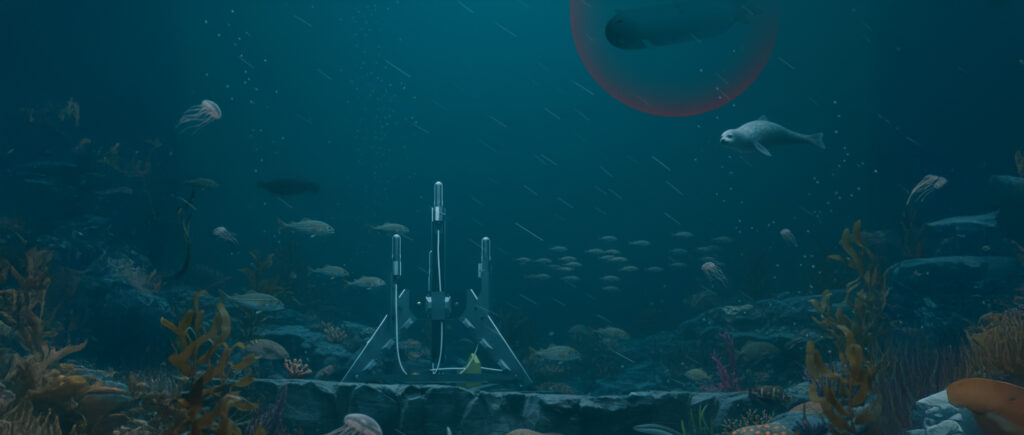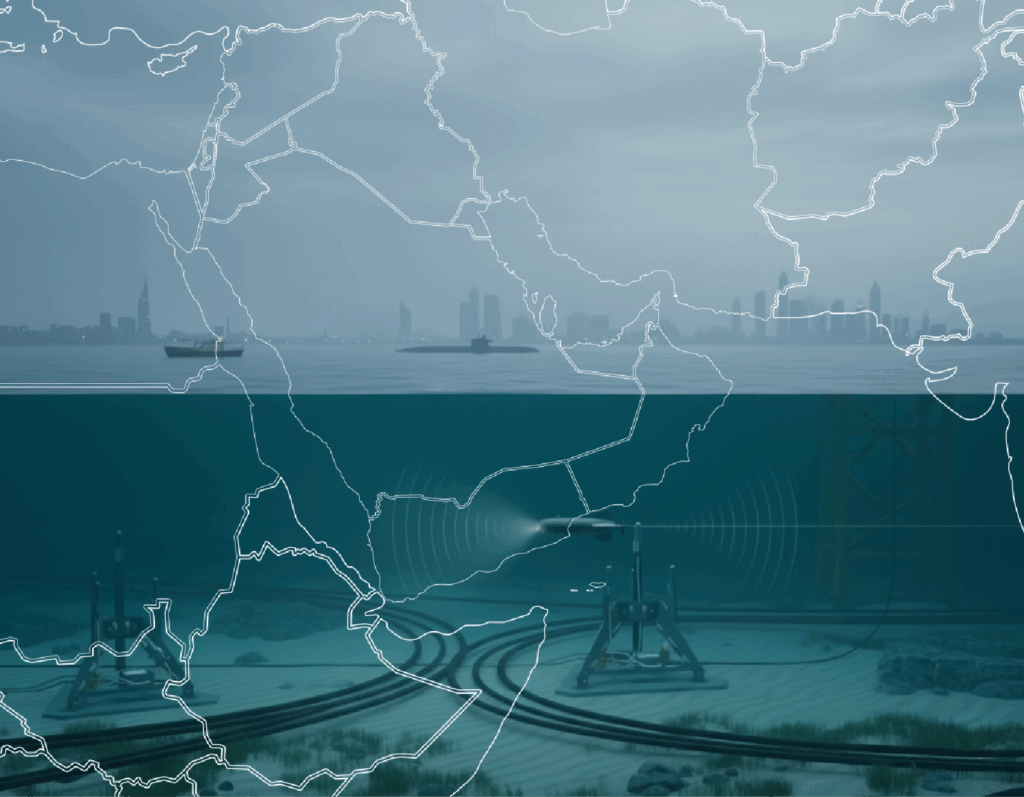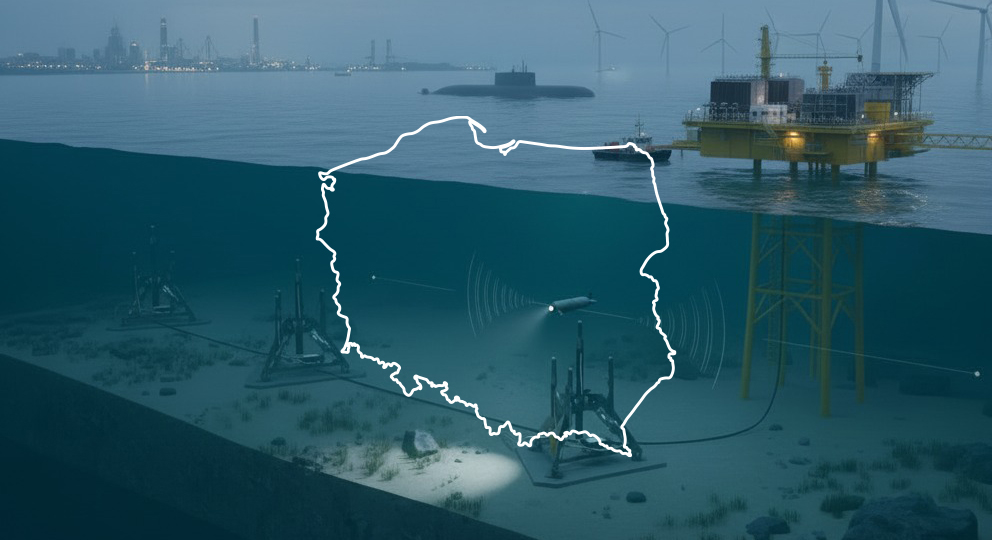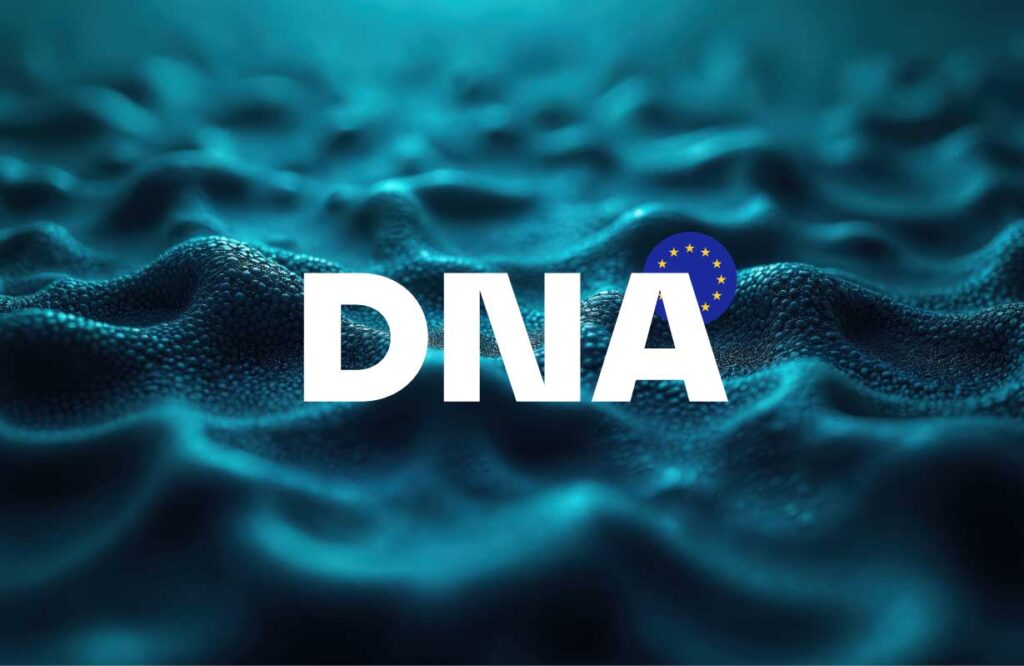Offshore Substation Partial Discharge Monitoring: A Critical Innovation for Energy Islands
How OptiFender is Transforming Remote Condition Monitoring and Ensuring Reliable Power Delivery
Introduction: The Growing Importance of Offshore Substations and Energy Islands
With the rapid expansion of wind farms and the emergence of energy islands, the offshore energy sector has evolved dramatically. At the heart of these developments is the offshore substation—a vital hub that collects and transmits power generated offshore to onshore grids. However, these substations face harsh environmental conditions, including extreme weather, salt-laden air, and humidity. Maintaining them is both costly and logistically challenging, particularly when sudden failures lead to unplanned downtime.
To address these challenges, proactive partial discharge (PD) monitoring has become indispensable. PD activity signals the early stages of insulation degradation inside transformers, switchgear, and other high-voltage equipment. With timely detection, operators can intervene before minor issues escalate into significant faults. The stakes are high: an undetected PD event can cause catastrophic failures and lengthy (and expensive) production outages.
Optics11 has developed an advanced, fiber optic-based system called OptiFender that offers continuous remote PD monitoring and automatic fault localization. By ensuring early, accurate detection of insulation issues, OptiFender empowers asset owners and operators to protect their high-value equipment and maintain stable operations—particularly in remote offshore environments like energy islands.
The Problem: Why Remote PD Monitoring Is Critical in Offshore Environments
- Harsh Conditions: Offshore substations and energy islands are subject to salt, high humidity, extreme weather, and constant mechanical stress from wind and waves. These factors accelerate insulation wear and tear, dramatically increasing the likelihood of Partial Discharge activity.
- Challenging Access & Logistics: Sending maintenance crews to an offshore substation is no small feat. Operators must wait for favorable weather windows, arrange suitable vessels, and handle all the complexities of operating in remote waters.
- Operational & Financial Risks: A sudden failure due to undetected PD can bring an entire substation offline, resulting in loss in revenue and potentially jeopardizing the integrity of the power grid at large. For energy islands, which act as crucial connectivity hubs, the impact of such a failure can ripple across multiple projects and stakeholders.
- Regulatory & Safety Pressures: Authorities increasingly demand proactive monitoring and stringent safety practices. Ensuring continuous power delivery is paramount, and operators face growing scrutiny to detect and mitigate failures before they become catastrophic events.
Because the ramifications of PD-related failures are so severe, early and accurate detection must be a top priority for all offshore substation and energy island operators. This is where OptiFender from Optics11 steps in to redefine how partial discharge is monitored and managed.
The Solution: Real-Time Remote PD Detection and Localization
OptiFender is an online, remote partial discharge monitoring system designed explicitly for offshore substations and energy islands. It caters to the unique challenges of these installations, offering:
- Continuous, Real-Time Monitoring
- Fiber optic sensors are placed at critical points on transformers, switchgear, cable terminations, and other high-voltage components.
- The system tracks PD signatures 24/7, capturing even subtle changes that might go unnoticed until they become severe faults.
- Remote Access & Diagnostics
- All sensor data is securely transmitted to onshore facilities or cloud-based servers.
- Experts can analyze incoming data remotely, eliminating the need for frequent site visits and allowing for swift interventions.
- Automatic Fault Localization
- Advanced signal processing algorithms pinpoint the exact location of PD activity, whether it’s within the transformer windings, terminations, or switchgear.
- Quick localization helps maintenance teams prioritize inspections and efficiently resolve issues.
- High Compatibility
- OptiFender integrates seamlessly with existing SCADA systems, CMMS platforms, and other monitoring tools.
- Centralizing data from multiple sources allows for a more holistic view of asset health, which is especially valuable across large, distributed networks of energy islands.
Core Technology: How OptiFender Drives Value
- Optical Fiber Sensors
- OptiFender uses non-intrusive, fiber optic-based sensors placed at strategic monitoring points.
- Fiber optic technology ensures maximum EMI immunity—crucial for reliable data in electrically noisy offshore substation environments.
- Secure Data Transmission
- PD event data is encrypted and compressed before being sent onshore.
- Operators gain real-time updates without exposing critical infrastructures to cybersecurity risks.
- Sophisticated Analytics
- Advanced algorithms filter out noise and distinguish genuine PD events from other interference.
- The system tracks trends over time, identifying emerging patterns that indicate insulation deterioration.
- Intuitive User Interface
- A modern dashboard provides alerts, graphical PD trends, and precise fault location details.
- Team members of all technical backgrounds can quickly interpret the data and plan accordingly.
Key Benefits: Mitigating Risks and Maximizing Offshore Asset Performance
- Reduced Downtime
- Early detection prevents catastrophic equipment failures.
- Minimizing unplanned outages is essential for offshore substation reliability and the efficiency of energy islands.
- Rapid, Informed Decision-Making
- Because OptiFender offers instant alerts and clear localization data, operators can swiftly schedule repairs during viable weather windows.
- This agility often translates directly into cost savings.
- Preventive Maintenance
- Tracking PD activity helps operators detect insulation weaknesses long before breakdowns occur.
- Proactive maintenance extends the operational lifetime of transformers, switchgear, and other high-voltage components.
- Fleet-Wide Standardization
- When multiple offshore assets are equipped with OptiFender, operators can standardize risk management protocols across the entire fleet.
- Unified data collection supports more strategic planning, including better spares management and budget allocation.
- Future-Proofing Energy Islands
- As more offshore sites transform into fully functioning energy islands, having robust, centralized PD monitoring solutions in place is crucial.
- This infrastructure ensures that power delivery is both safe and continuously optimized over the long term.
Why OptiFender Makes Sense Across Multiple Offshore Substations
For developers and operators managing large-scale wind farms, interconnected platforms, and emerging energy islands:
- Unified Risk Management: Standardizing your condition monitoring solution with OptiFender simplifies overseeing multiple substations and energy hubs.
- Scalability & Consistency: A single technological approach to monitoring ensures consistent data quality and uniform maintenance strategies.
- Informed Capital Investments: Historical PD data informs upgrade decisions and can guide future expansions of offshore networks or energy islands.
- Regulatory Compliance: Robust data records and real-time alerts help operators meet evolving legal requirements and industry guidelines.
Conclusion: The Business Case for Proactive PD Monitoring in Offshore Environments
Investing in a remote partial discharge monitoring system like OptiFender offers both immediate and long-term advantages. From reducing downtime to extending asset lifecycles and ensuring compliance, proactive PD detection is a cornerstone of modern offshore substation management. As energy islands take center stage in the global push for renewable power, reliable, uninterrupted operations are more critical than ever. By installing OptiFender, offshore operators ensure they have an early warning system that listens where others can’t—safeguarding infrastructure, uptime, and revenue.
Ready to Learn More? Download Our Comprehensive Guide Today!
Take the next step in protecting your offshore substations and energy islands. Download our in-depth guide on OptiFender’s Partial Discharge Monitoring to explore how real-time PD detection, remote diagnostics, and advanced localization can transform your asset management strategy. Gain insights into:
- Real-world case studies showcasing early detection success stories
- Technical best practices for fiber optic sensor deployment
- Actionable tips on reducing downtime and lowering operational costs
Don’t let insulation failures catch you off guard. Download our guide now and discover how OptiFender can help safeguard your offshore infrastructure!
